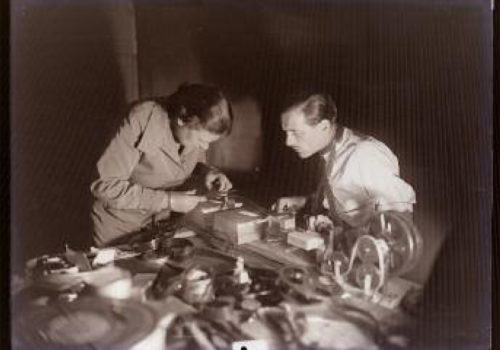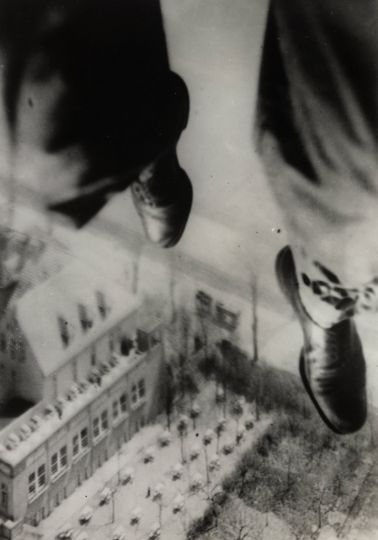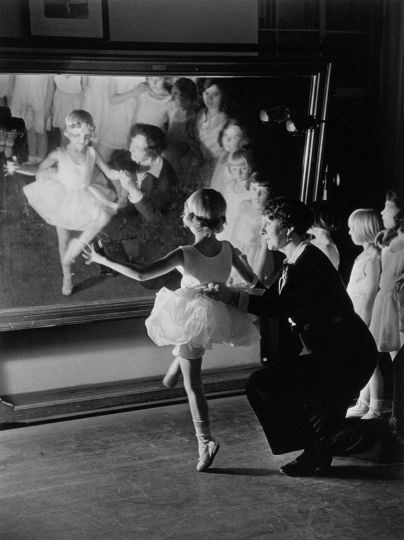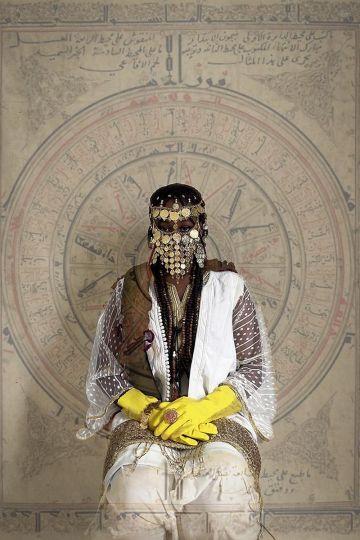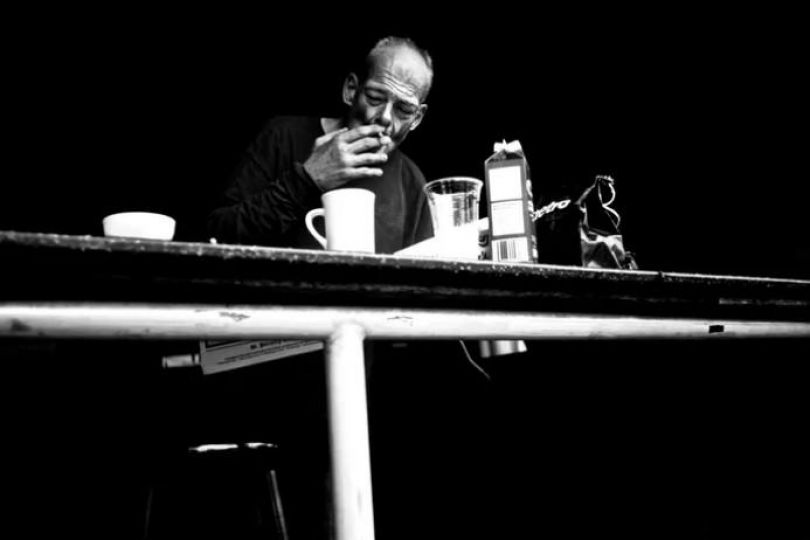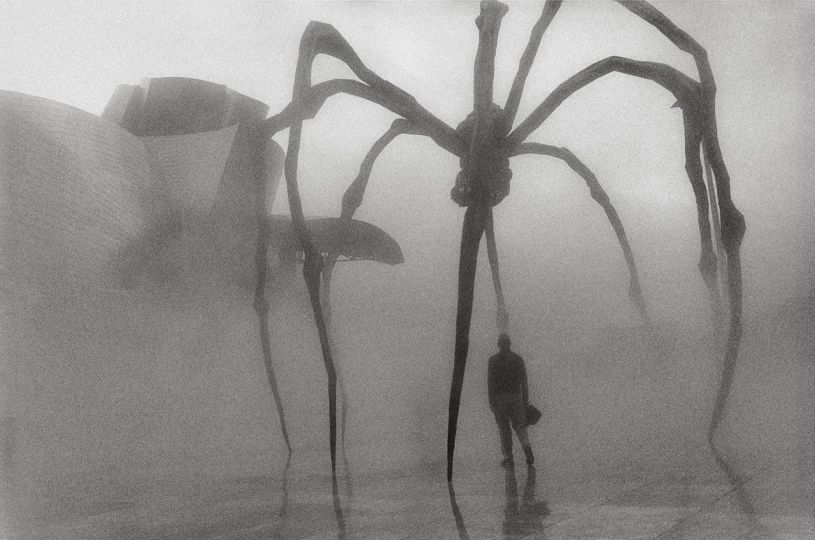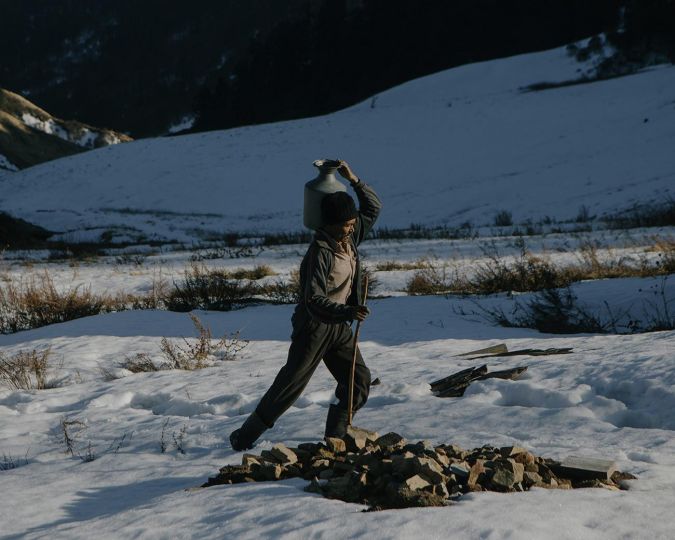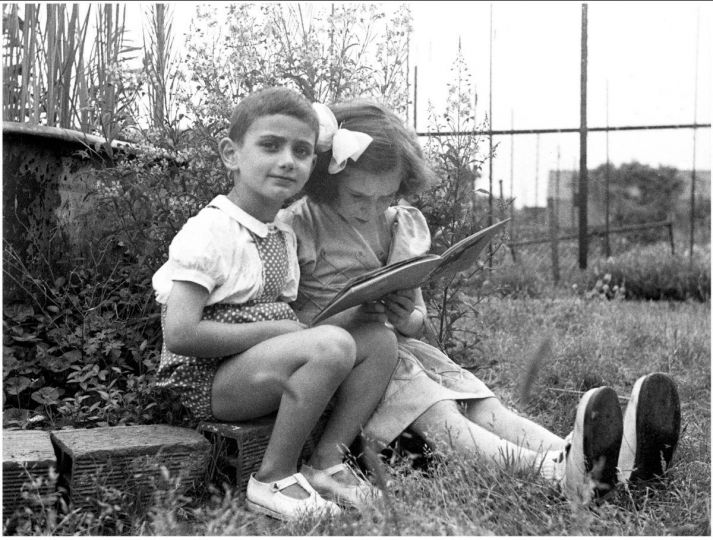During the Thomas Walther Object — Photo exhibition at MOMA, the projection of Joris Ivens’ 15 minutes documentary Regen (Rain), 1929, still made sensation.
Germany, 1920’s : young Dutch Joris Ivens had been sent by his family to Berlin to study the very new cinematographic techniques and technologies. He meet young photographer Germaine Krull during an artist party organised by Arthur Lehning and Annie Grimmer a Spring evening of 1923. They will share professional, intimate or legal lives for twenty years, but not political ideas: as biographer Hans Schoots notes, «whereas Ivens still had to move toward Communism, Krull had already become a dissident».
Germaine followed her Dutch lover to Amsterdam but was not welcomed by the family, they stayed together with frequent separations until Germaine had an affair with a woman in 1926. And when Joris and Germaine got married in Paris XVIII, on April 2nd 1927, it was all for «convenience» to help her get a passport. She was becoming famous among artists and had chosen one of her assistants as lover, Eli Lotar, a young man with such a perfect profil that «it almost hurt to look at him» (Hans Schoots, Living Dangerously: A Biography of Joris Ivens, partly online).
Boris Ivens caught the general attention of the avant-garde with two documentaries: De Brug (The Bridge) (1928) and Regen (Rain) (1929), which went on view during MOMA exhibition Object — Photo last year.
«A search for a visual language, The Bridge is based on a systematic analysis of the movements of a railway bridge in Rotterdam that can be raised and lowered to let a boat pass underneath. He chose this subject because it repeated the same action over and over, and would be the same every time he could snatch an hour from work (and a few metres of film) to go and shoot it. The film announces its agenda from the very start, with a presentation of three different views of the camera itself, as if in a technical drawing. The result of the film club experience was that young filmmakers saw the great possibilities that the cinema had to offer, without being encumbered by conventions or genres. They had strong feelings about what was and was not good filmmaking, but almost no sense of anything being out of bounds.
In a world where newsreels were made by cameramen standing a respectful distance from the event in question, it was obvious that a better film could be made by using close-ups, by moving along with the action, as in fiction films or in the purely abstract…
The most celebrated of the commissioned films from this period is Philips Radio (1931), a portrait of work in the Philips factory, from the blowing of glass for valves and assembly of complete radios, to the research laboratories and the typing pool. Its French title, Symphonie industrielle, is more apt. Not only does it recall the “city symphony” films of directors such as Walter Ruttman, but it also captures the extraordinary soundtrack that was constructed for the film, combining noises of work, music, radio broadcasts and pure abstraction.The most celebrated of the commissioned films from this period is Philips Radio (1931), a portrait of work in the Philips factory, from the blowing of glass for valves and assembly of complete radios, to the research laboratories and the typing pool. Its French title, Symphonie industrielle, is more apt. Not only does it recall the “city symphony” films of directors such as Walter Ruttman, but it also captures the extraordinary soundtrack that was constructed for the film, combining noises of work, music, radio broadcasts and pure abstraction» (sensesofcinema).
In 1929, Ivens was invited to the Soviet Union and started to travel there in 1930 and to work with Sergei Eisenstein, Vsevolod Pudovkin, and Dziga Vertov who became his friends.
He could not be present full time for the less known commissioned film Creosote, and ask young jounalist Jean Dréville to assist him in Polish Silesia and Warsaw, and Krull and Lotar to help in Paris. We present here twenty-four set photographs by Jean Dréville documenting the Making of Creosote. They are all unique vintage prints.
… «Creosote was first discovered in its wood-tar form in 1832 by Carl Reichenbach, when he found it both in the tar and in pyroligneous acids obtained by a dry distillation of beechwood. Because pyroligneous acid was known as an antiseptic and meat preservative, Reichenbach did experiments with dipping meat in a dilute solution of distilled creosote.
He found that the meat was dried without undergoing putrefaction and had attained a smoky flavor. This led him to reason that creosote was the antiseptic component contained in smoke, and he further argued that the creosote he had found in wood tar was also in coal tar, animal tar, and amber tar in the same abundance as in wood tar…
Soon after it was discovered and recognized as the principle of meat smoking, woodtar creosote became used… Even before creosote as a chemical compound was discovered, it was the chief active component of medicinal remedies in different cultures around the world.
Historically, coal-tar creosote has been distinguished from what was thought of as creosote proper—the original substance of Reichenbach’s discovery—and referred to specifically as “creosote oil”. But because creosote from coal-tar and wood-tar are obtained from a similar process and have some common uses, they have also been placed in the same class of substances, with the terms “creosote” or “creosote oil” referring to either product.
Wood-tar creosote is a colourless to yellowish greasy liquid with a smoky odor, produces a sooty flame when burned, and has a burned taste. It is non-buoyant in water, with a specific gravity of 1.037 to 1.087, retains fluidity at a very low temperature, and boils at 205-225 °C. When transparent, it is in its purest form. Dissolution in water requires up to 200 times the amount of water as the base creosote…
Wood-tar creosote is to some extent used for wood preservation, but it is generally mixed with coal-tar creosote, since the former is not as effective. Commercially available preparations of “liquid smoke”, marketed to add a smoked flavor to meat and aid as a preservative, consist primarily of creosote and other constituents of smoke.[
Creosote is the ingredient that gives liquid smoke its function; guaicol lends to the taste and the creosote oils help act as the preservative…» (English Wikipedia, online)

